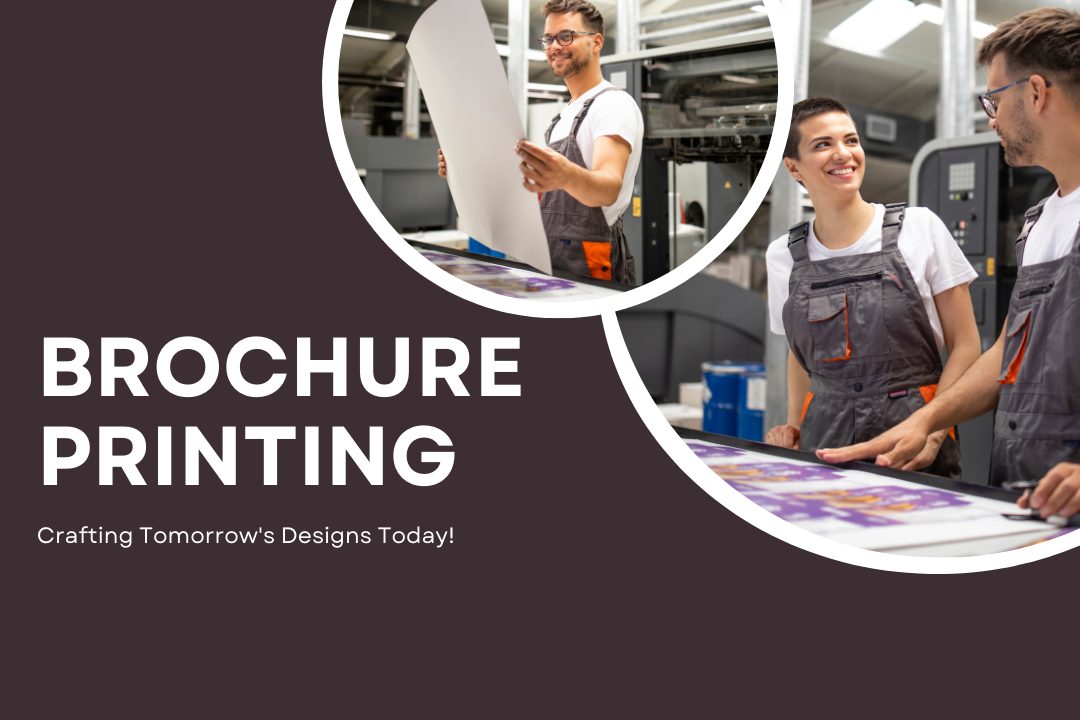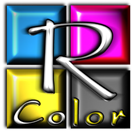Brochures are one of the most effective marketing tools that businesses can use to engage potential customers and clients. Whether you’re promoting a product, service, or event, a well-designed and printed brochure can convey your message clearly and attractively.
But achieving high-quality brochure printing results requires attention to several key factors. This article will walk you through these essential aspects, so you can create brochures that stand out and make an impact.
Understanding Brochure Printing
Brochure printing refers to the process of creating multi-page marketing materials that are folded into a compact, easy-to-distribute format. These printed materials come in various shapes, sizes, and styles, with the most common being bi-folds and tri-folds. Brochure printing is not just about the content inside the brochure; it’s about ensuring the design and print quality enhance your message and align with your brand identity.
Key Factors for High-Quality Brochure Printing
To achieve professional-looking brochures that leave a lasting impression, it’s essential to consider several factors. Below are the primary elements you need to pay attention to during the brochure printing process.
1. Choosing the Right Paper Stock
One of the most important decisions you’ll make when it comes to brochure printing is selecting the right paper. The type of paper you choose can affect the durability, look, and feel of your brochure. Common paper stocks include gloss, matte, and uncoated options, each offering a unique aesthetic.
- Glossy paper: This paper type is shiny and reflective, providing vibrant colors and a high-impact visual appearance. It’s great for brochures that feature a lot of photos or artwork.
- Matte paper: A non-reflective option that gives your brochure a more professional and understated look. It’s ideal for brochures with a lot of text or those meant to convey a more corporate image.
- Uncoated paper: Known for its natural texture, this type of paper provides a rustic, organic feel, perfect for eco-friendly brands or those wanting a more tactile brochure.
The right paper stock can make your brochure feel more premium and help reinforce your brand’s identity.
2. Design and Layout
Design is the backbone of any successful brochure. A clean, organized layout ensures your message is clear and the brochure is easy to read. Here are some design tips for your brochure printing project:
- Hierarchy of Information: Your brochure should have a clear structure, with important information positioned where the reader’s eye will naturally go. Start with an attention-grabbing headline, followed by subheadings, body text, and images.
- Visual Appeal: Use high-resolution images and graphics that are relevant to your message. Ensure that the colors, fonts, and overall aesthetic align with your brand.
- Whitespace: Don’t overcrowd your brochure with too much text or too many images. Effective use of whitespace enhances readability and makes the design look professional.
Make sure your design is print-ready and fits the correct dimensions of the paper size you’ve selected.
3. Choosing the Right Printing Method
The printing method you select can greatly influence the quality of the final product. Common methods include digital printing and offset printing, each with its own benefits.
- Digital printing: This method is ideal for small to medium runs of brochures. It offers faster turnaround times and is cost-effective for printing smaller quantities. Digital printing also allows for customization, such as variable data printing, making it suitable for personalized brochures.
- Offset printing: Best suited for larger print runs, offset printing produces high-quality brochures with accurate color reproduction. It’s more economical for large-scale printing, but the setup time and costs are higher.
For high-quality brochure printing, choosing the right printing method based on your quantity and quality needs is crucial.
4. Color Accuracy and Resolution
Color accuracy plays a significant role in brochure printing. The colors in your brochure should align with your brand’s color scheme and convey the right message. When it comes to color printing, there are two main options:
- CMYK (Cyan, Magenta, Yellow, and Key): This is the standard color model for printing, and it’s widely used in brochure printing. Ensure that the colors in your design are accurately represented by this model to avoid any discrepancies in the final print.
- Pantone Matching System (PMS): If color precision is critical, PMS allows for exact color matching. This system uses a specific color palette that guarantees consistency across all printed materials.
Additionally, high-resolution images (at least 300 DPI) are essential for ensuring that your brochure’s graphics and photos look crisp and clear.
5. Printing Finishes and Effects
Special finishes can add a touch of elegance and sophistication to your brochures. Some common finishes include:
- Spot UV coating: Adds a shiny, glossy effect to specific areas of the brochure, like a logo or image. It’s perfect for highlighting key elements.
- Embossing/Debossing: Creates a raised or recessed effect on your brochure, giving it a tactile feel.
- Foil stamping: Adds metallic accents to your brochure, typically used for logos or text, to give it a luxury look.
These finishing touches can help elevate the design and make your brochure stand out among others.
6. Proofreading and Testing
Before proceeding with the final print run, make sure to proofread your brochure for any typos, grammatical errors, or design inconsistencies. It’s easy to overlook small mistakes, but these can have a significant impact on the professionalism of your brochure.
Additionally, request a print proof from your printer to see how your brochure will look in physical form. This will allow you to check the colors, layout, and paper stock before committing to a full print run.
Finding a Reliable Las Vegas Printing Company
When you’re ready to move forward with your brochure printing project, it’s important to choose a reliable printing company that can deliver high-quality results. A reputable Las Vegas printing company will have the necessary expertise to guide you through the process and ensure that your brochures are printed to the highest standards. Look for a printing company that offers excellent customer service, competitive pricing, and a portfolio that showcases their work.
Conclusion
Brochure printing is an essential tool for businesses looking to communicate effectively with their audience. By paying close attention to factors such as paper stock, design, printing method, and finishes, you can ensure that your brochures look professional and capture the attention of potential customers. Always remember to proofread your material and choose a trustworthy printing company for the best results.
When executed correctly, high-quality brochure printing can become a powerful asset for your marketing strategy. Whether you’re launching a new product, event, or service, a well-designed brochure can significantly enhance your brand’s visibility and impact.


